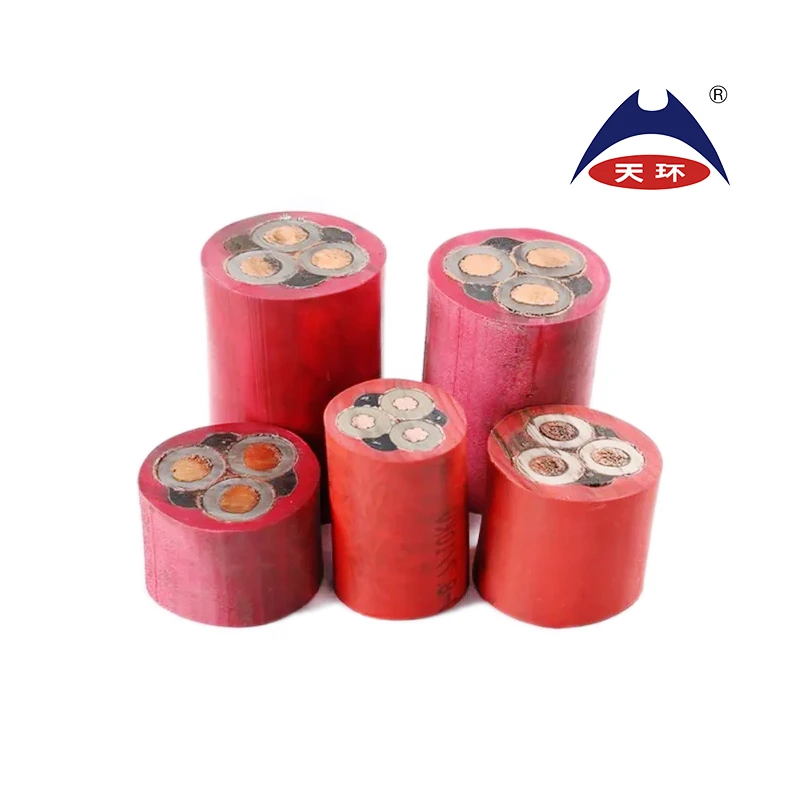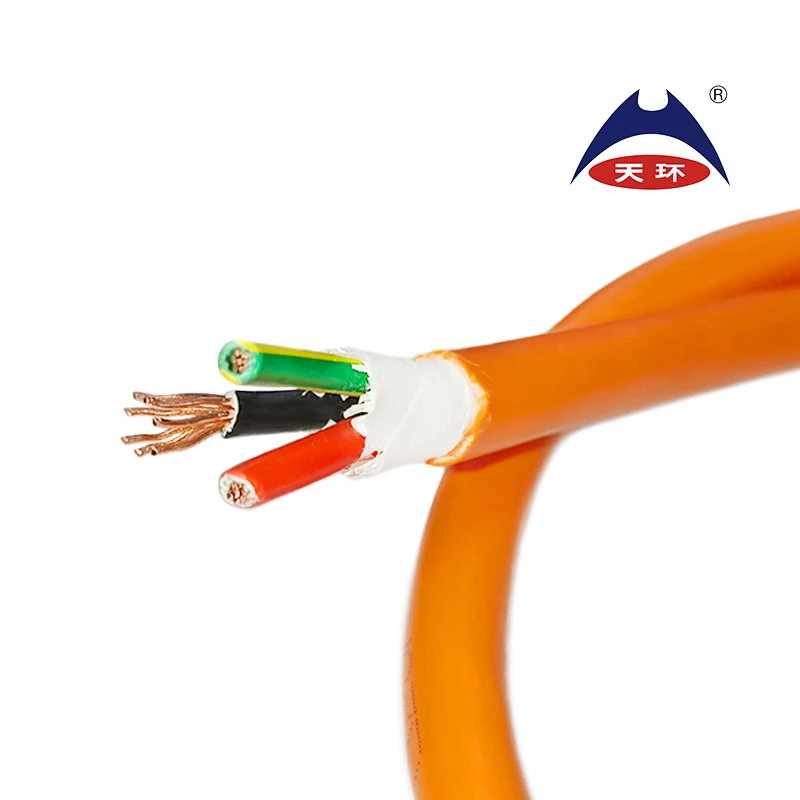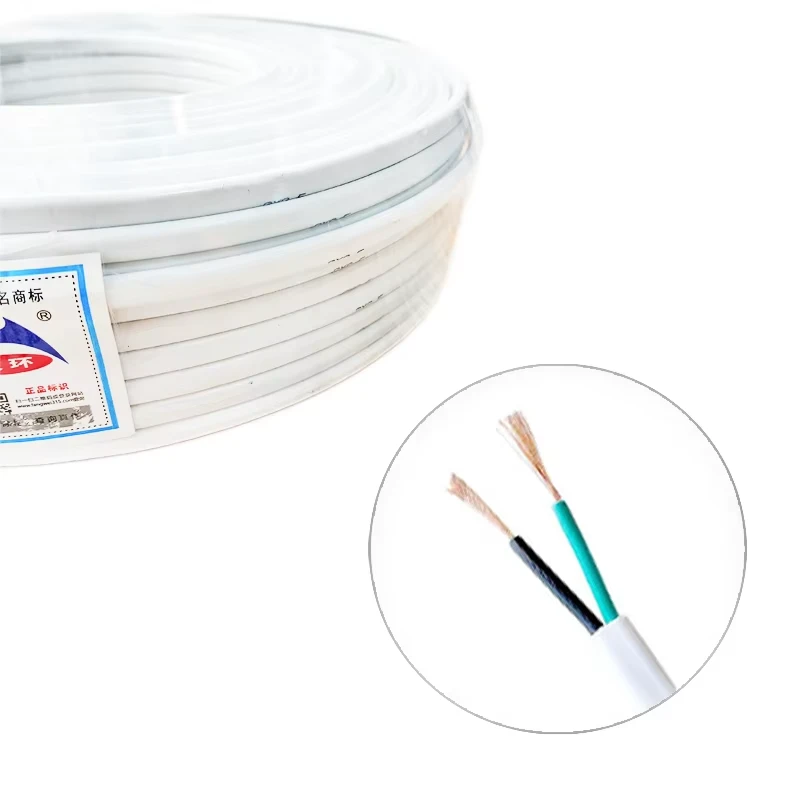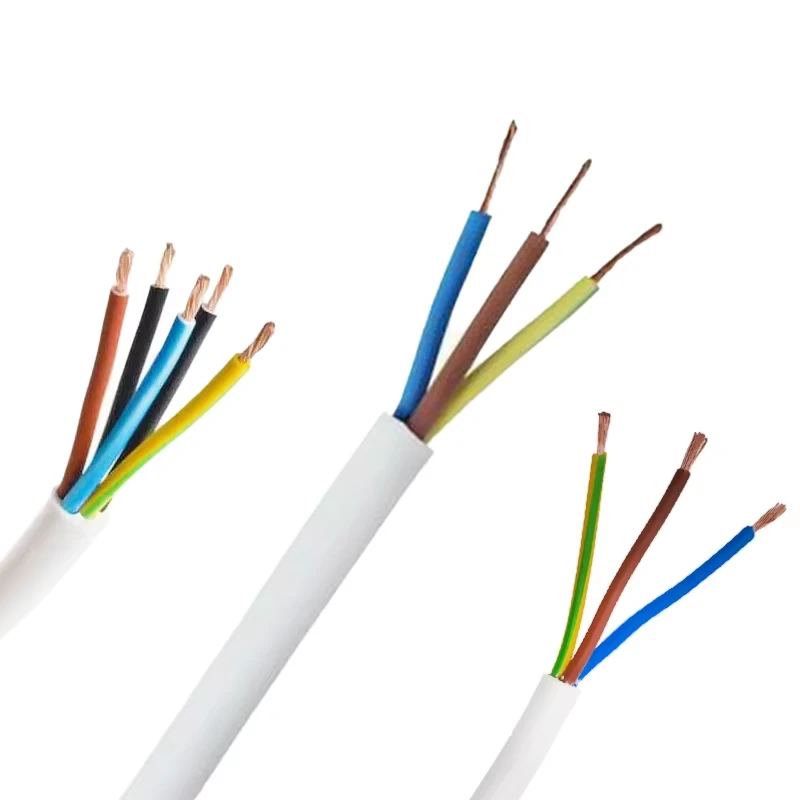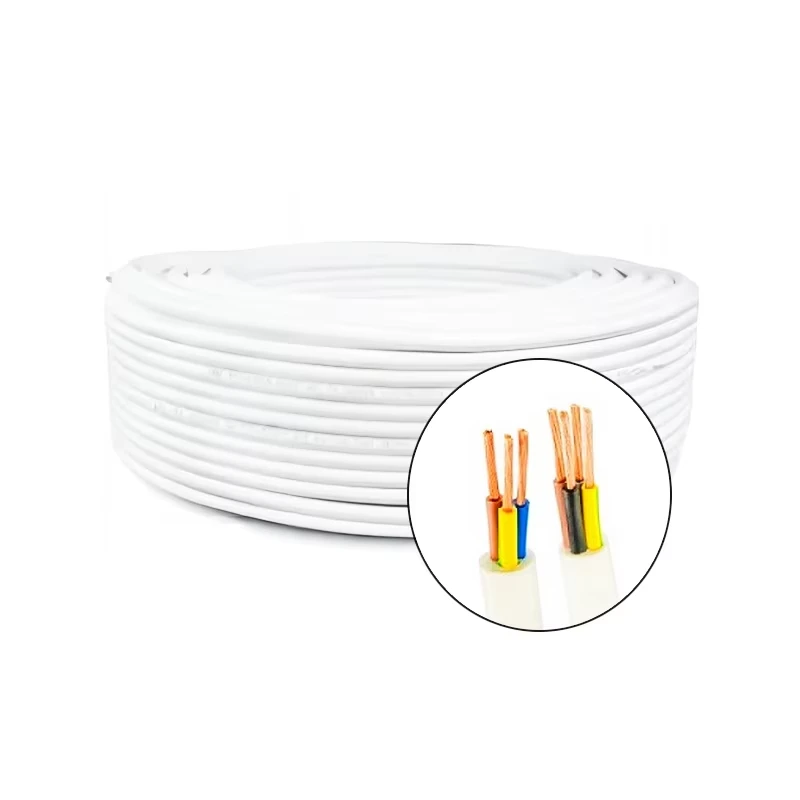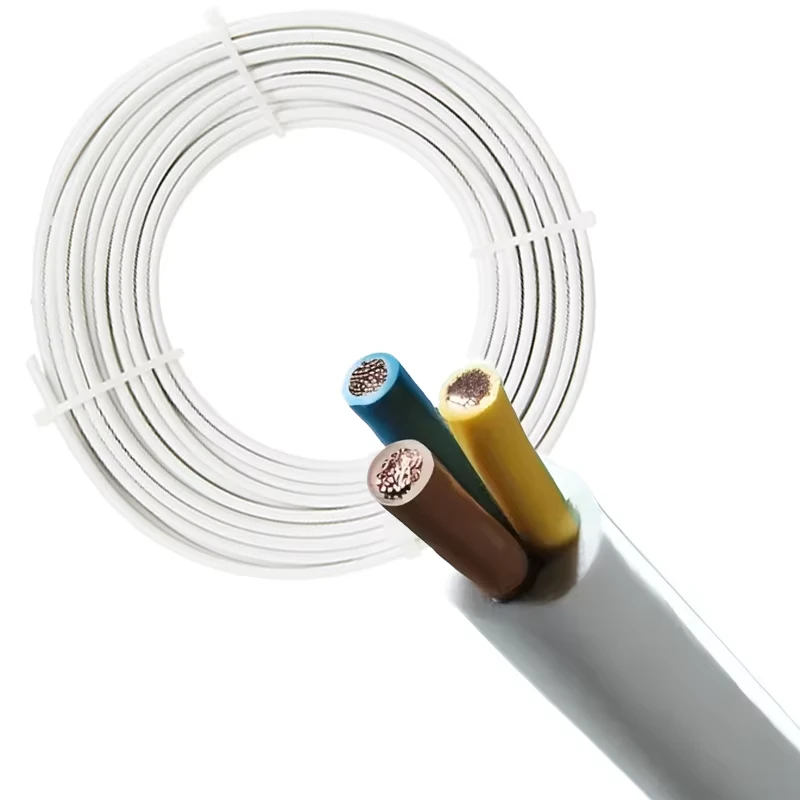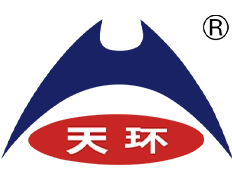
Connecting Solar Panels to Controllers with Quality Cable from Trusted Manufacturers
The Importance of Quality Solar Panel to Controller Cables
With the increasing adoption of renewable energy sources, solar energy has emerged as one of the most popular options for both residential and commercial applications. Central to solar energy systems are solar panels and their connection to controllers, which manage the flow of energy generated. A crucial yet often overlooked component in these systems is the cable that connects the solar panels to the controller. In this article, we will explore the significance of high-quality solar panel to controller cables and how they are manufactured in specialized factories.
Understanding Solar Panel to Controller Cables
Solar panel to controller cables serve as the lifeline of solar power systems. These cables transfer the direct current (DC) electricity generated by solar panels to the charge controller, which regulates the voltage and current to ensure that batteries are charged efficiently. Choosing the right cables is essential for maximizing energy efficiency and the overall lifespan of the solar energy system.
The most common types of cables used in solar applications are known as photovoltaic (PV) cables. These cables are designed to withstand harsh environmental conditions, including extreme temperatures, UV exposure, and moisture. Hence, the manufacturing process of these cables must adhere to strict quality standards to ensure durability and reliability.
Factors Influencing Cable Quality
When it comes to solar panel to controller cables, several factors influence their quality.
1. Material Used The primary material for these cables is copper, known for its excellent conductivity. However, not all copper is created equal. High-grade copper wires are essential for reducing energy loss during transmission. Additionally, the insulation material must be robust enough to protect against environmental factors and prevent short circuits.
2. Manufacturing Standards Factories that produce solar cables often follow international standards such as the IEC 62930 certification. This ensures that the cables can withstand the rigors of outdoor use and meet safety regulations.
3. Stranding and Gauge The design of the cable, including the stranding of the wire and its gauge, directly affects performance. More strands usually mean better flexibility and resilience against breakage, while the gauge determines the cable's ability to handle the electrical load without overheating.
solar panel to controller cable factories

4. Temperature Resistance Solar panel to controller cables must operate in a wide range of temperatures. Manufacturers often include heat-resistant insulation to ensure the cables remain functional even in extreme conditions.
Manufacturing Process of Solar Panel to Controller Cables
The production of solar cables typically involves several stages
1. Wire Drawing Copper rods are drawn into wires of various gauges, depending on the specifications required for a particular solar installation.
2. Stranding Multiple strands of copper wire are twisted together to form a single wire, enhancing both flexibility and conductivity.
3. Insulation The stranding wires are coated with insulation material, usually made of polyvinyl chloride (PVC) or cross-linked polyethylene (XLPE). This insulation protects the wires from environmental damage.
4. Testing After manufacturing, cables undergo rigorous testing to ensure they meet industry standards. These tests include checking for insulation integrity, conductivity, and resistance to environmental conditions.
5. Certification Once the cables pass all tests, they are certified for use in solar applications. This certification is crucial for ensuring safety and efficiency in solar energy systems.
Conclusion
In conclusion, the role of solar panel to controller cables in renewable energy systems cannot be underestimated. They are essential for the efficient transmission of electricity from solar panels to charge controllers, impacting the overall performance and longevity of the system. As more consumers and businesses invest in solar energy, the demand for high-quality cables manufactured in compliant factories will continue to grow. By understanding the factors that contribute to cable quality and the intricate manufacturing processes, stakeholders can make informed decisions that enhance the efficacy of solar energy systems. Quality cables are not just an accessory; they are a vital component that supports the shift to a sustainable energy future.
-
The Quantum Leap of XLPE Cable in Power DistributionNewsMay.29,2025
-
Mastering the Essentials of Building WireNewsMay.29,2025
-
Innovative Horizons of Rubber Trailing CablesNewsMay.29,2025
-
Exploring the Versatile World of Rubber CablesNewsMay.29,2025
-
Decoding the Mysteries of Building CablesNewsMay.29,2025
-
Advancements Redefining Control Cable TechnologyNewsMay.29,2025
-
Why It's Time to Replace Old Rubber CablesNewsMay.28,2025





